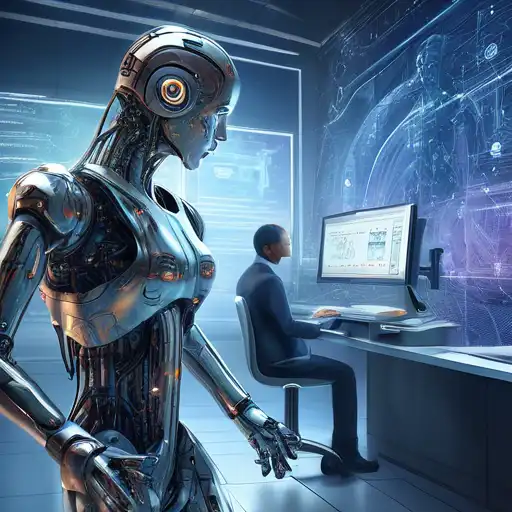Introduction to AI and Machine Learning
In the rapidly evolving world of technology, the terms Artificial Intelligence (AI) and Machine Learning (ML) are often used interchangeably. However, they represent distinct concepts with unique applications and implications. This article delves into the differences between AI and ML, shedding light on their individual roles in the tech landscape.
What is Artificial Intelligence?
Artificial Intelligence is a broad field of computer science focused on creating systems capable of performing tasks that typically require human intelligence. These tasks include problem-solving, understanding natural language, recognizing patterns, and making decisions. AI can be categorized into two types: Narrow AI, which is designed for specific tasks, and General AI, which possesses the ability to understand, learn, and apply knowledge across various domains.
What is Machine Learning?
Machine Learning, a subset of AI, involves the development of algorithms that allow computers to learn from and make predictions or decisions based on data. Unlike traditional programming, where humans explicitly code the behavior, ML systems improve their performance over time as they are exposed to more data. ML is further divided into supervised learning, unsupervised learning, and reinforcement learning, each with its own set of applications and methodologies.
Key Differences Between AI and Machine Learning
While AI and ML are closely related, several key distinctions set them apart:
- Scope: AI encompasses a wider range of technologies and applications, including robotics, natural language processing, and more. ML is specifically focused on data-driven learning and adaptation.
- Functionality: AI systems are designed to simulate human intelligence across a broad spectrum of tasks. ML algorithms are tailored to improve performance on specific tasks through data analysis.
- Dependency: AI can exist without ML, relying on rule-based systems. However, ML is a critical component of many modern AI systems, enabling them to learn from data.
Applications of AI and Machine Learning
Both AI and ML have transformative applications across industries. AI powers virtual assistants like Siri and Alexa, while ML drives recommendation systems on platforms like Netflix and Amazon. In healthcare, AI aids in diagnostic processes, and ML algorithms predict patient outcomes based on historical data.
Conclusion
Understanding the difference between AI and Machine Learning is essential for navigating the future of technology. While AI provides the overarching goal of creating intelligent machines, ML offers the tools and techniques to achieve this goal through data. Together, they are shaping a future where technology enhances every aspect of human life.
For more insights into the latest tech trends, explore our Tech Trends section.
